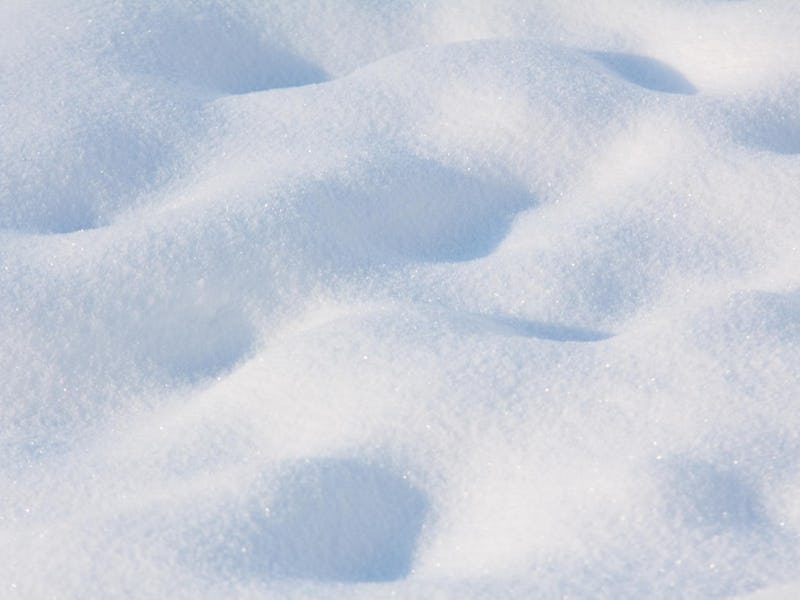It’s winter, the polar vortex is spinning and, in California, the Pineapple Express is dumping fresh powder on happy skiers. It’s good stuff if you’re not a reptile or a postal worker, which — statistically speaking — you aren’t. But all that whiteness does come with temptation. You start by sticking your tongue out, then maybe you lick in icicle, and then you start thinking to yourself: “I can eat snow right?”
The answer is, of course, yes, but that doesn’t mean it’s a good idea.
Jordy Hendrikx is America’s premier expert on snow and works at Montana State University as an associate professor of geography. He’s thought about eating snow in a way you almost surely haven’t. And, yes, he’s tried it.
“Generally speaking, eating snow is fairly safe,” Hendrikx says. “It’s not entirely clean, but it’s pretty good.”
He tries to contextualize that review by explaining that freshly plowed snow, snow with traces of gray slush, and yellow snow are all to be avoided. He also warns against eating snow near what he calls a “high pollution” source: a coal-burning plant or off a highly trafficked highway. That’s because the particulates that come from pollution can stick onto the crystal bits that compose the basic structure of a snowflake.
If you’re on the hunt for snow, your best bet is to go old fashioned and just stick your tongue out and collect flakes of snow — snow coming down from the sky is the freshest, purest precipitation, and hasn’t had the chance to intermingle with the earth and its dirtiness. But if you’d rather scoop up bites of snow, it might be a good idea to wait until after the initial snowfall. “The first few minutes scavenge out the particulates,” Hendrikx said, referring to the harmful pollutants that might make snow unsafe to consume. He uses the analogy of summer rain to explain what happens: “You know in the summer when it’s been sunny and hasn’t rained for 10 days, and then it rains and everything clears up? That what precipitation does — it acts as a cleanser.” And that initial cleansing part isn’t tasty or good for you.
Hendrikx also has some advice for snow eaters around the country in terms of purity of product. Major industrial hubs make for crappy snow snacking while rural places offer “clean fetch” (air untouched by pollution). Alaska is good because there are very few particulates in the air. Cleveland is bad because it’s Cleveland. And anyone on the East Coast is pretty much out of luck.
And you might want to snack while you can: Hendrikx suggests pollution could make snow consumption a nostalgic memory. And though that might sound frivolous, it isn’t.
“Here in Montana, snow represents 80 percent of drinking water from snow melt,” Hendrikx explains. “If we don’t get a lot of snow one year, we have a lot less water for the year going forward.”
That means that drought happens because of decreased snowpacks, making water a scarce resource and leading to crises like 2016’s water shortfall in California and along the Sierras. In short, not being able to eat snow means a rise in dangerous wildfires, a veritable, serious threat. Hendrickx hopes that doesn’t happen though: Carbon capture technology might purify the quality of the snow, making the air we breathe not only cleaner but the quality of precipitation that much cleaner. Perhaps a geoengineering program could do the same. Different scientists have different dreams.
In the meantime, Hendrikx encourages people to eat away. “It’s totally fine,” he reassured us. “There’s nothing wrong with eating some snow.”
